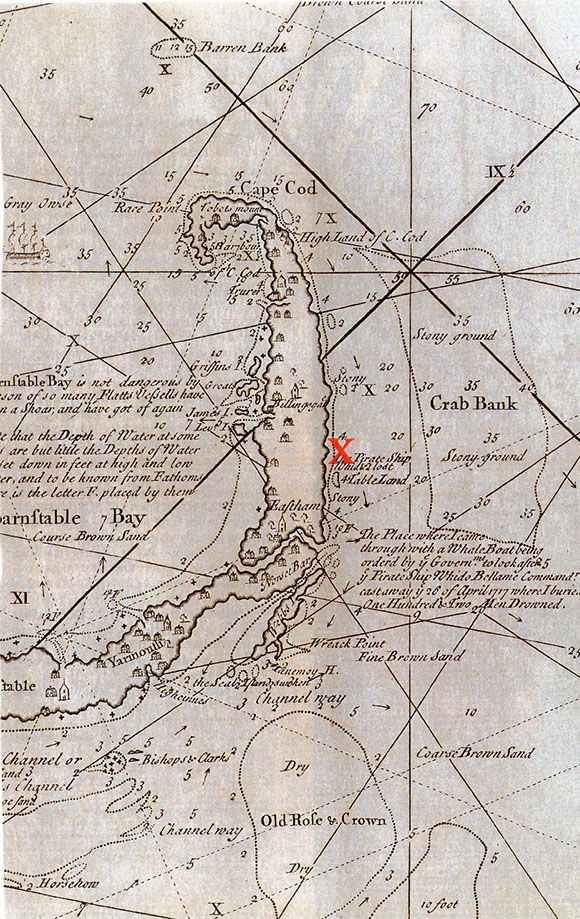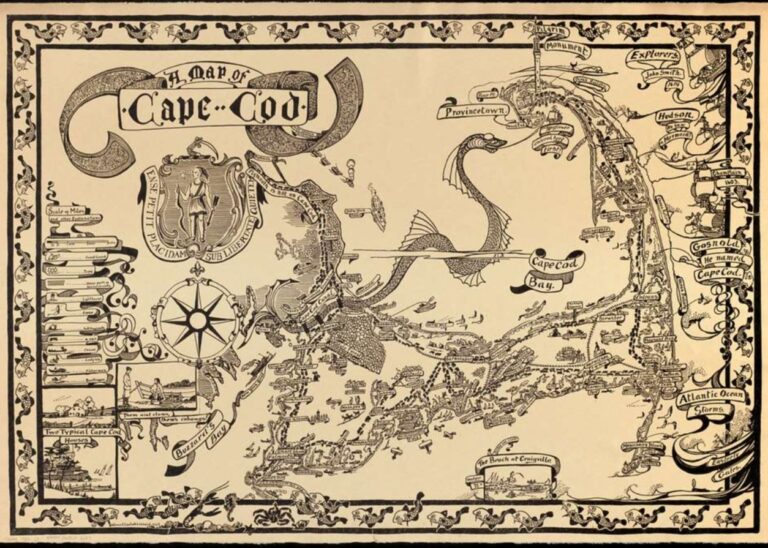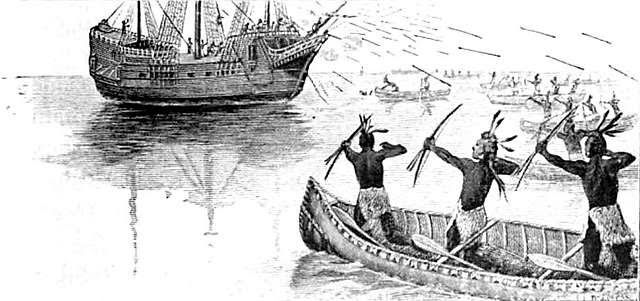Exploring the Whydah Gally: The Discovery off Cape Cod

In the early 18th century, the seas were treacherous and full of dangers for sailors and merchants. One of the most notorious figures of this era was Captain Samuel “Black Sam” Bellamy, a pirate known for his audacity and swift rise to infamy. His flagship, the Whydah Gally, remains a captivating piece of maritime history, and its rediscovery off the coast of Cape Cod, Massachusetts, is a tale of adventure, exploration, and historical significance.
The Whydah Gally: A Pirate’s Ship
The Whydah Gally was originally built as a slave ship in London in 1715 and later captured by Bellamy and his crew in 1717 near the coast of Africa. Bellamy, an English pirate with grand ambitions, saw the potential of the Whydah as a fearsome pirate vessel due to its size and speed. He refitted it with more cannons and turned it into his flagship, sailing under a black flag adorned with a white skeleton—an emblem of death and terror.
Under Bellamy’s command, the Whydah Gally became a scourge of the Atlantic, preying on merchant vessels and amassing a fortune in treasure. However, its reign of terror was short-lived. In April 1717, the Whydah encountered a violent storm off the coast of Cape Cod and sank, taking with it Bellamy and most of his crew. Only a handful of survivors made it ashore.
The Rediscovery of the Whydah Gally
For over two centuries, the exact location of the Whydah remained a mystery, fueling legends of lost pirate treasure. In 1984, underwater explorer Barry Clifford and his team embarked on a quest to find the famed wreck. Clifford, driven by his passion for maritime history and a belief in the potential discovery of the Whydah’s treasures, searched tirelessly off the coast of Cape Cod.
After years of research and several unsuccessful expeditions, Clifford’s perseverance paid off. In 1984, he and his team located a promising site off Wellfleet, Massachusetts—a discovery that would rewrite history. Excavations revealed a sunken shipwreck laden with artifacts consistent with those from the Golden Age of Piracy, including cannons, gold jewelry, and other valuable items.
In 1985, the wreck was positively identified as the Whydah Gally, confirming the discovery of one of the world’s only authenticated pirate ships. The find not only shed light on Bellamy’s exploits but also provided valuable insights into the lives of pirates during this tumultuous period of history.
Legacy and Significance
The discovery of the Whydah Gally has had far-reaching implications beyond its historical value. It has revolutionized our understanding of piracy in the Caribbean and Atlantic during the early 18th century. The artifacts recovered from the wreck have been meticulously conserved and studied, offering unique glimpses into the material culture of pirates and the broader maritime world of the era.
Moreover, the story of the Whydah Gally continues to captivate and inspire. The wreck site has become a popular destination for divers and historians alike, with ongoing efforts to recover and preserve its treasures. The Whydah Pirate Museum in West Yarmouth, Massachusetts, showcases many of these artifacts, bringing the legacy of Captain Bellamy and his crew to life for visitors.
In conclusion, the discovery of the Whydah Gally off the coast of Cape Cod stands as a testament to the enduring allure of maritime exploration and the thrill of uncovering hidden history beneath the waves. It is a reminder of the bravery and daring of those who sailed the seas in search of adventure, riches, and, in the case of Black Sam Bellamy, a place in the annals of piracy.





